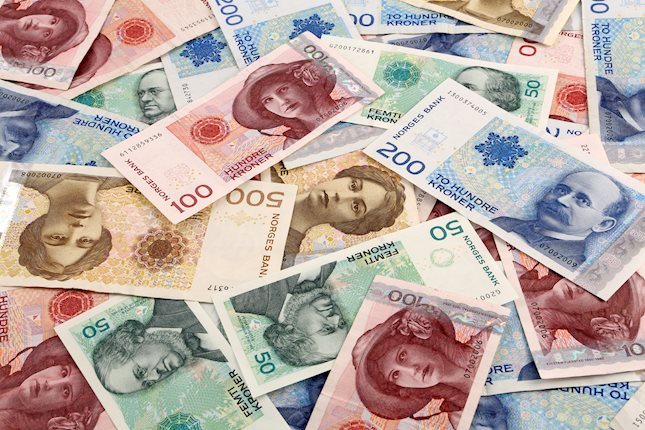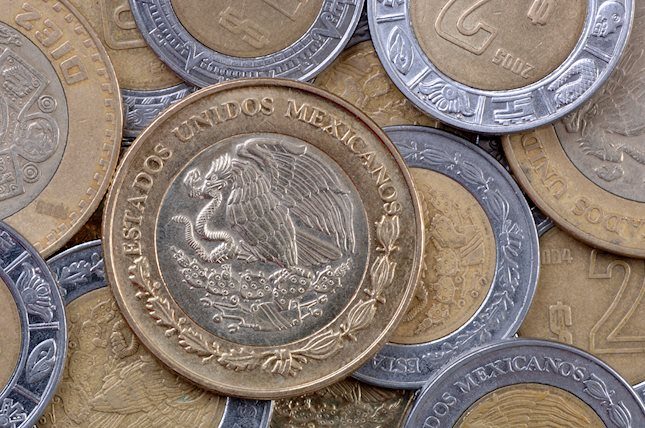US Dollar sees markets applauding weaker PMI, though no major selling for the Greenback
- The US Dollar retreats further on the back of US PMI's falling in contraction.
- Surprisingly upbeat PMI data from France, Germany and the Eurozone trigger substantial strength in the Euro.
- The US Dollar Index eases and snaps below 106.00 to 105.60.
The US Dollar (USD) is a touch softer this Tuesday after European Purchase Managers Index (PMI) numbers for Germany and France partially outpaced the US PMI numbers for April. The biggest turning point is the fact that US Services fell below estimates while Manufacturing fell into contraction. When comparing all the data, the US is actually in the same position as both France and Germany with all three seeing services just a touch above 50, while the Manufacturing PMI's are in contraction for all three economies.
On the economic data front, all eyes will be on later this Tuesday with a very chuncky 2-year Bond Auction from the US Treasury department. The previous allocation was done at 4.595%, and might be even higher now. The cover ratio as well will be a very important factor with the US Treasury having to allocate a very big amount with debt rolling off and more and more packages being approved by Congress, which need to be allocated as well.
Daily digest market movers: PMI dampens exceptionalism
- The EU is weighing sanctions on firms that are shipping weapons and materials to Russia.
- Preliminary French HCOB Services PMI picked up to 50.5 in April from 48.3. German HCOB Services PMI soared to 53.3 in the same month from 50.1 in March. This pushed EUR/USD up to 1.0695, despite all other segments in the PMI lagging or being still in contraction in both France and Germany.
- Eurozone data showed that HCOB Services PMI rose to 52.9 in April from 51.5 in March, well above the expected increase to 51.8.
- The weekly US Redbook Index for the week ending April 19 came in at 5.3% against 4.9% previous.
- Fireworks took place at US preliminary S&P Global PMI data:
- The Services component went from 51.7 to 50.9, a downbeat surprise.
- The Manufacturing number fell into contraction to 49.9, from 51.9.
- The Composite Index comes in at 50.9 against 52.1 previous.
- New Home Sales jumped from 0.637 million to 0.693 million.
- In addition to the Home Sales data, the Richmond US Federal Reserve (Fed) Manufacturing Index for April was released as well. It fell in line with expectations and saw a small increase to -7 from -11.
- The US Treasury is allocating new bonds in the market at 17:00 GMT. This one will bear a 2-year maturity.
- Equity markets are loving the softer US data print with Nasdaq rallying over 1%, with the S&P and Dow Jones following suit.
- According to the CME Group’s FedWatch Tool, expectations are further cementing that the Fed will keep its monetary policy unchanged in June, with a small 15% chance for an interest rate cut in that meeting. An initial interest rate cut from the Fed is now foreseen for September.
- The benchmark 10-year US Treasury Note trades around 4.57%, trading at a weekly low level.
US Dollar Index Technical Analysis: US Dollar retreating
The US Dollar Index (DXY) is facing some retreat due to renewed Euro strength. The Euro accounts for 57.6% of the DXY Index composition and is thus the main driver for the index’s moves. With the US PMI data being released, markets are now able to compare the performances. Although the DXY is retreating now, the rate differential will still be at play and could limit or bar the DXY from selling off in the coming days.
On the upside, the high of April 16 at 106.52 is the level to beat. Further up and above the 107.00 round level, the DXY Index could meet resistance at 107.35, the October 3 high.
On the downside, the first important level is 105.88, a pivotal level since March 2023 (acting as a resistance at that moment and working as a support in November). Further down, 105.12 and 104.60 should also act as support ahead of the 55-day and the 200-day Simple Moving Averages (SMAs) at 104.17 and 103.91, respectively.
Forex News
Keep up with the financial markets, know what's happening and what is affecting the markets with our latest market updates. Analyze market movers, trends and build your trading strategies accordingly.





















